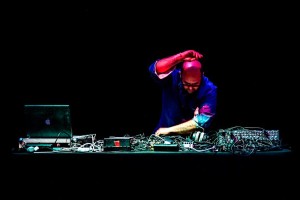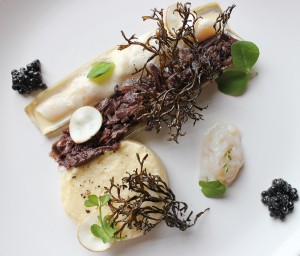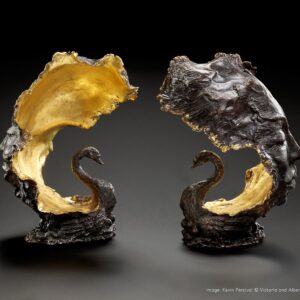Visual art has been ingrained into human culture and psyche for thousands of years. Historians cite cave drawings as the earliest examples. Ancient Egyptians used wall scribings, paintings, and tombs laden with jewels and colour to emphasize how much they valued visual art too. Of course, these are just a couple of examples of how visual art has shaped the world and history, but they show that it will continue to play a significant role in how civilizations communicate and perceive art.
Defining an artistic niche
For many artists, defining a niche and leaning into it is the foundation of their passion, and it doesn’t matter whether it’s in painting, crafts, interior designs, sculptures, or digital works of art. While art doesn’t have to be in a specific niche, those who follow their passion can find a unique angle that helps them take their craft to the next level.
By doing this, they can turn it into their full-time profession, which is becoming increasingly difficult in a world where AI is making such disruptive innovations. Alternatively, they may already be professionals looking to leap into the mainstream of their profession and find an even broader audience.
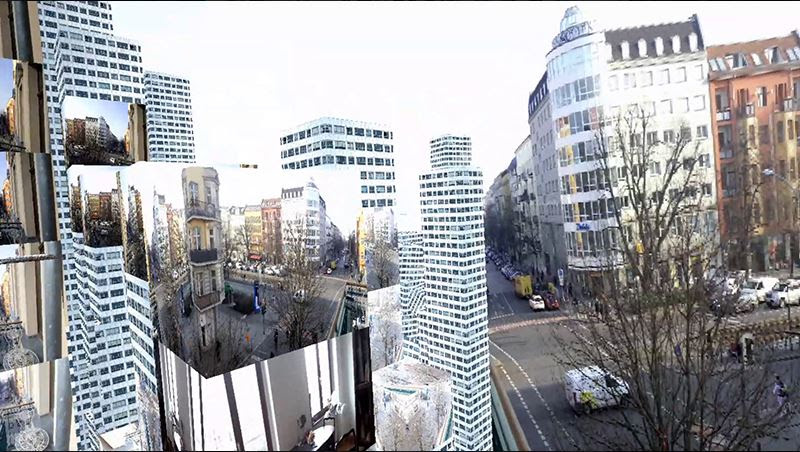
Virtual reality art
Virtual Reality (VR) might not be a visual art to some, and some might not even consider it a niche. However, given the technology’s investment and the relatively small number of artists who have explored this terrain thus far, it could be worth looking at. In a few years, VR might not even be considered a niche. As it begins to explore different potential avenues of adaptive use cases, such as casino gaming, it could propel itself into the mainstream of art.
While placing bets might seem like an unlikely reason to use a VR headset, many casinos are considering implementing it into their services. While new games in NZ might not have reached this realm yet, the budding number of artists looking at digital art like NFTs or trying to sell digital creations in the Metaverse continues growing.
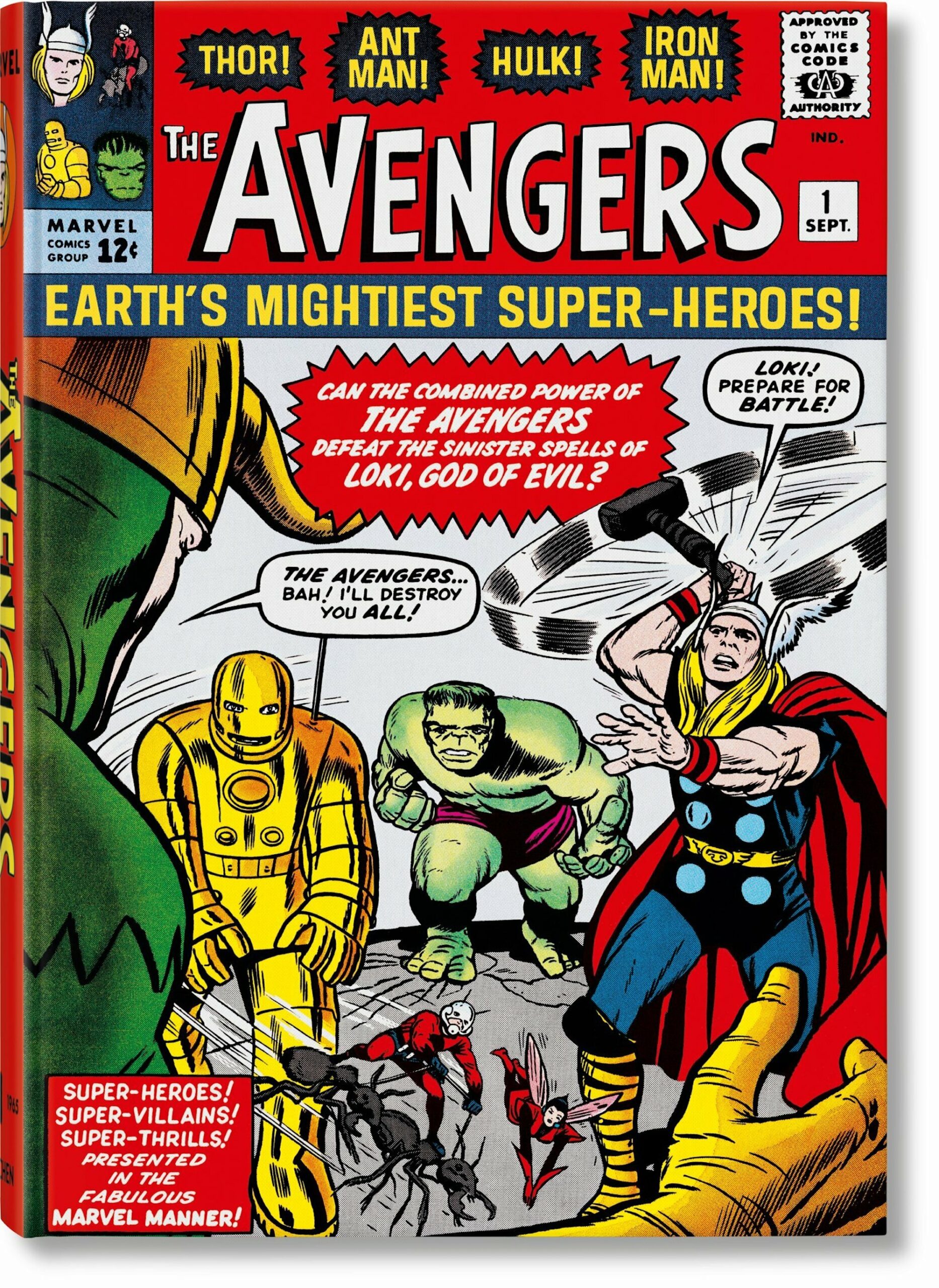
Comic book art
In the 20th century, comic books were one of the first gateways many budding artists had into illustration and artistic story design. While some blame the rise of the internet for the decline of the good old-fashioned comic book, the truth is that the rot started a lot earlier. TV is probably just as much of a factor as the internet, but thankfully, for those ardent fans, comic books have not died out.
It drove the formerly popular medium online, but a cluster of artists has kept comic book-style visual art designs alive. Some artists believe that the pendulum has swung too much toward abstractionism and simply being different for the sake of being different. In contrast, comic book art requires true, illustrative skill, and an ability to craft a good story usually goes a long way too.
The ever-increasing presence of AI does feel like it’s on the cusp of extracting the mystique that comes with objective art—whether this comes via a comic book story or a painting that can evoke different emotions depending on the angle from which it is viewed.
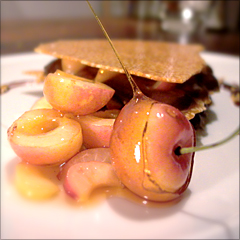
Food photography
While pictures of food might be all over social media, they are still filed into a smaller bracket than the broader photography sector as a niche visual art. There’s so much about food photography that has turned into big business over the years.
Social media, particularly filters, have been prominent in that development. Food and art have been intermingling for centuries, from Pablo Picasso’s famous Bowl of Fruit or Giuseppe Arcimboldo’s work dating back over 500 years to college students posting their lasagna on their Instagram every other night.
Perhaps that wouldn’t be classified as art professionally, but then, they probably wouldn’t classify it that way either. Jokes aside, there’s a growing niche for food photography, and restaurants need artists to turn this visual art into a spectacle that helps them sell their business. By cultivating culinary delights, artists who can master food aesthetics are in a strong position in the arts and crafts world.
Final thoughts
This article has only glazed over some visual arts—there are many weirder and more niche arts to explore. Some artists will be abstract simply for the sake of being abstract, and these visual arts will come and go with the seasons.
The niches in this article are either going through a renaissance or spearheading new visual art ideas. The beauty of the internet and social media is that anyone can seek trending art topics and ideas with the tap of a smartphone screen.
